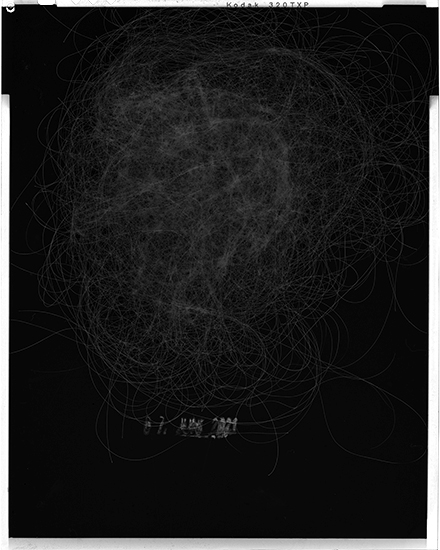
07. JUNI 2021, 2023
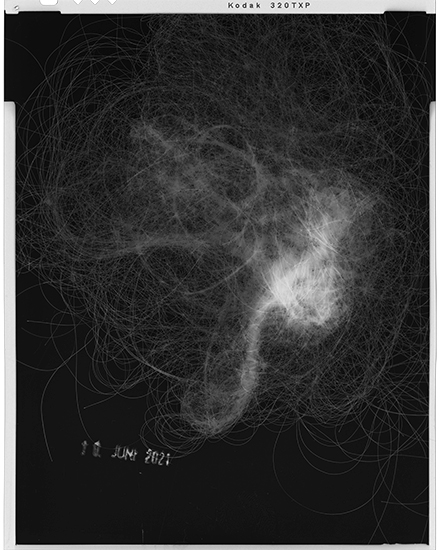
10. JUNI 2021, 2023
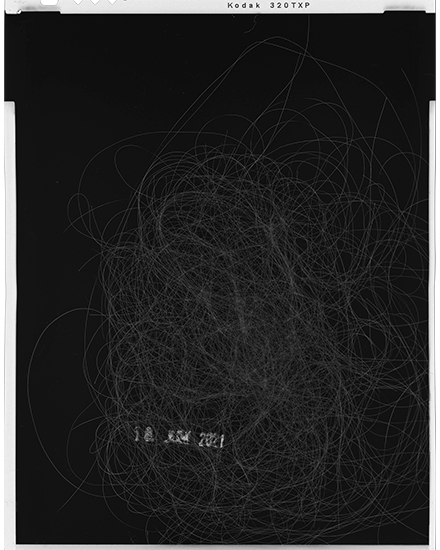
18. JUNI 2021, 2023
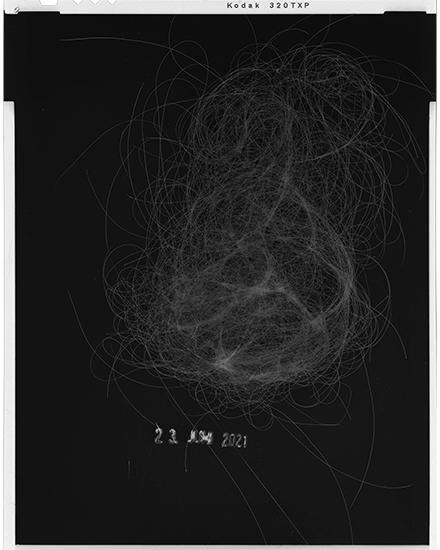
23. JUNI 2021, 2023

24. JUNI 2021, 2023
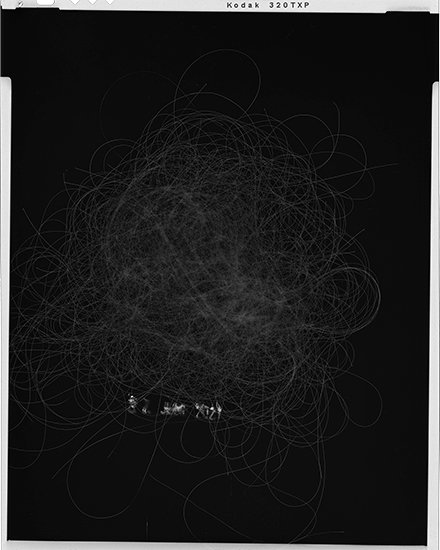
27. JUNI 2021, 2023
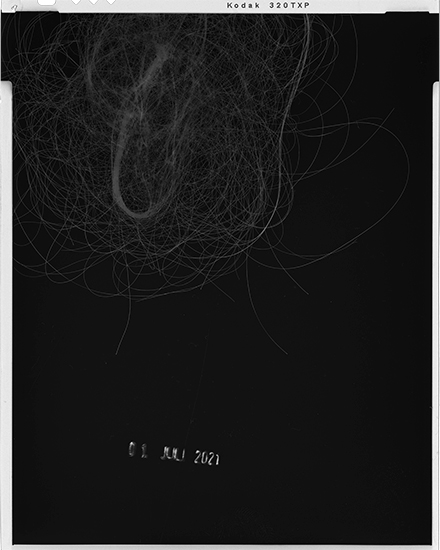
01. JULI 2021, 2023
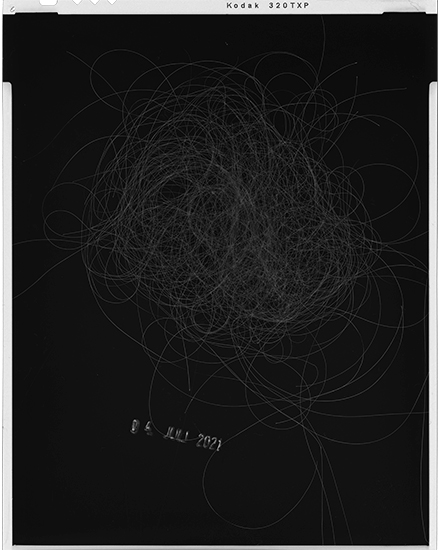
04. JULI 2021, 2023
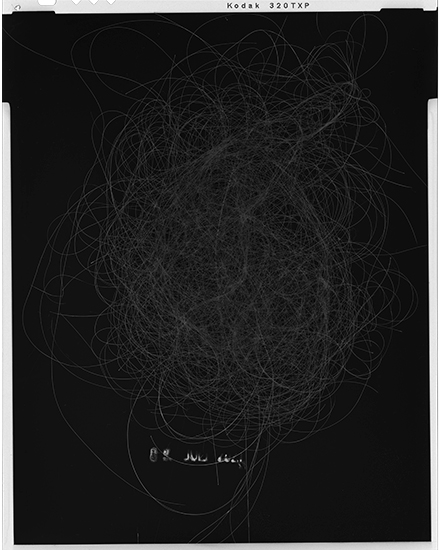
09. JULI 2021, 2023
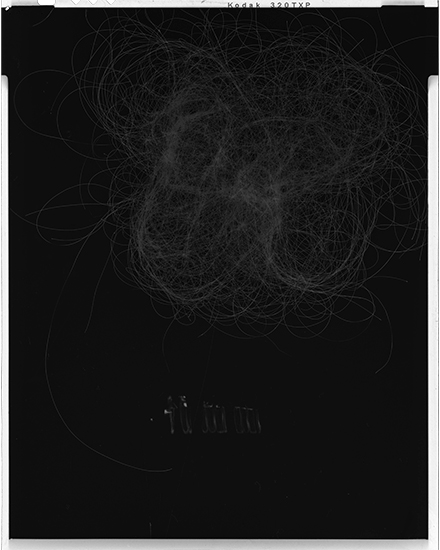
16. JULI 2021, 2023
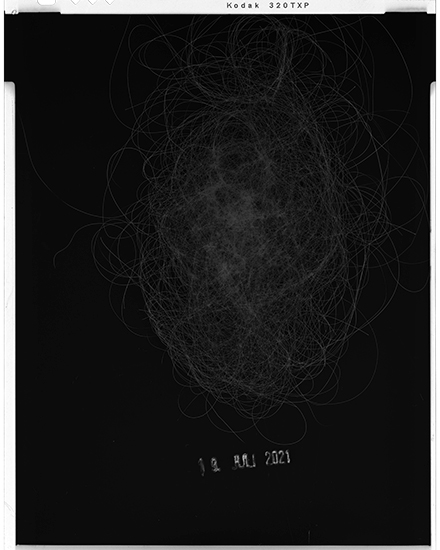
19. JULI 2021, 2023
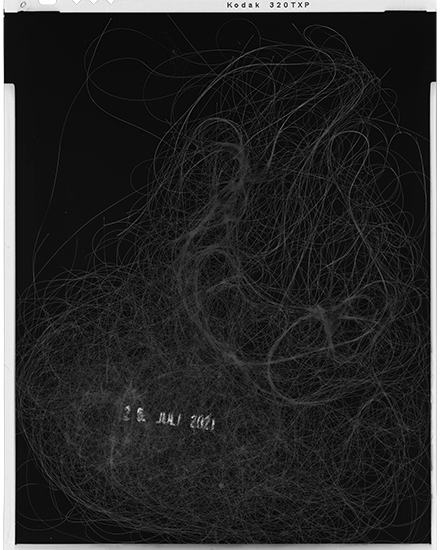
26. JULI 2021, 2023
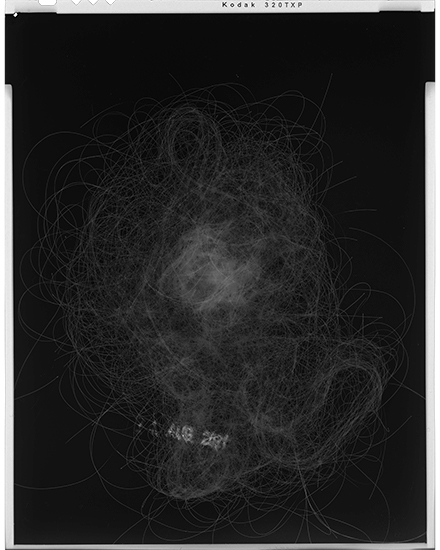
14. AUG. 2021, 2023

24. AUG. 2021, 2023
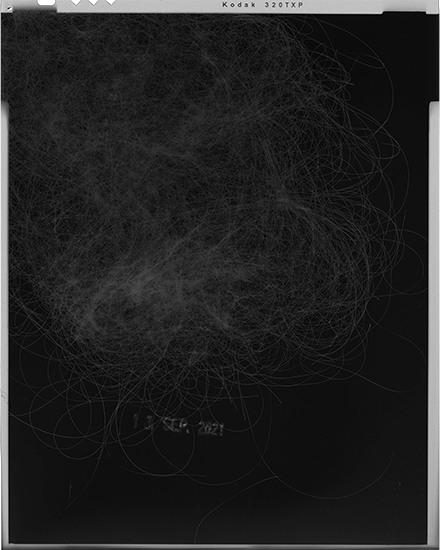
13. SEP. 2021, 2023
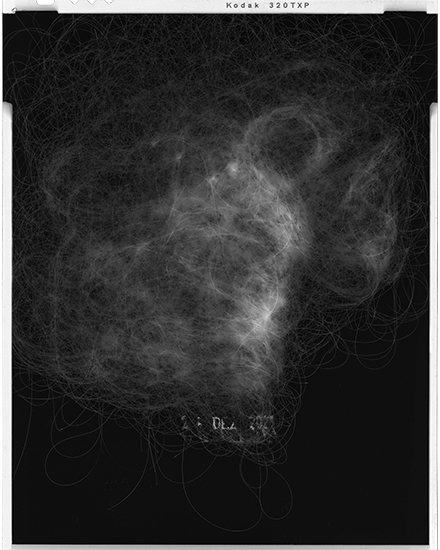
24. DEZ. 2021, 2023
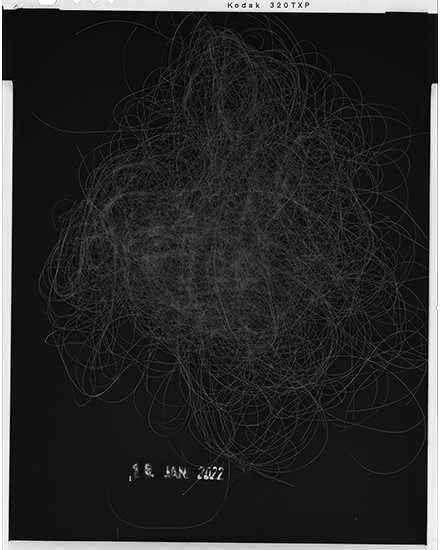
18. JAN. 2022, 2023
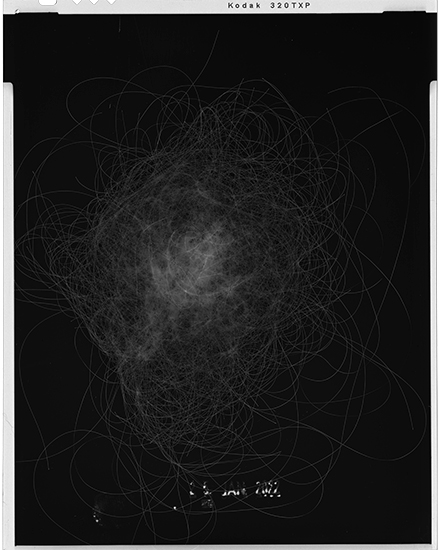
25. JAN. 2022, 2023
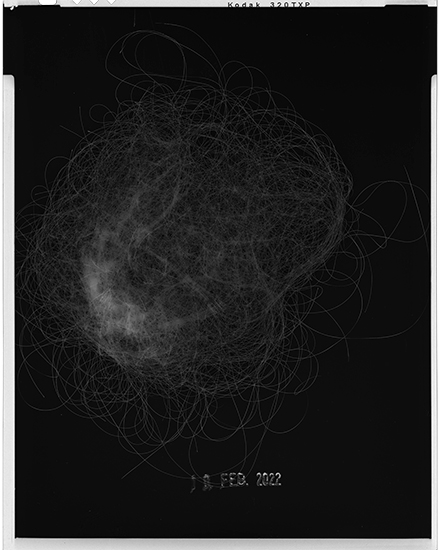
10. FEB. 2022, 2023

22. FEB. 2022, 2023
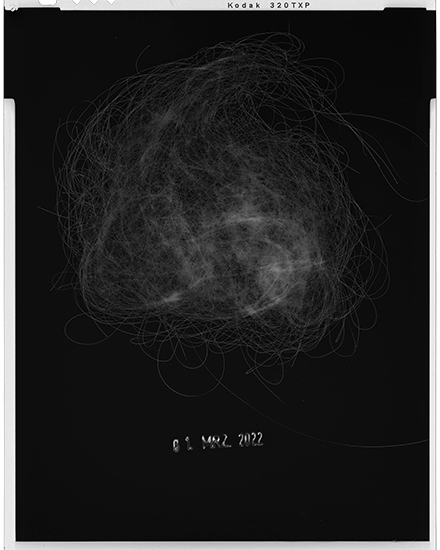
01. MRZ. 2022, 2023
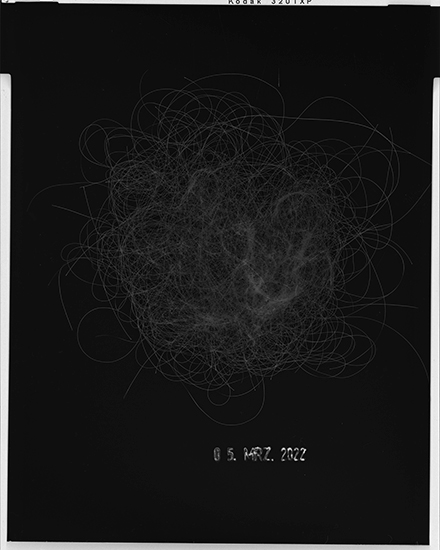
05. MRZ. 2022, 2023
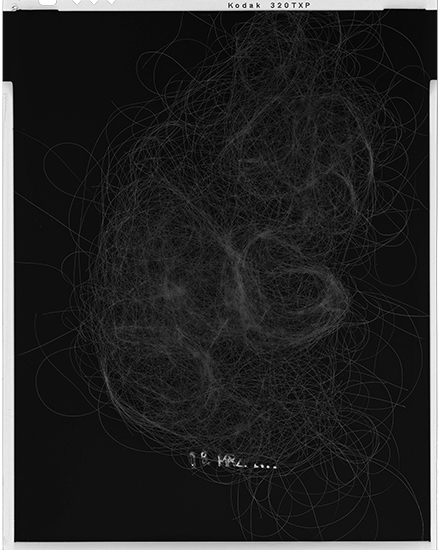
08. MRZ. 2022, 2023
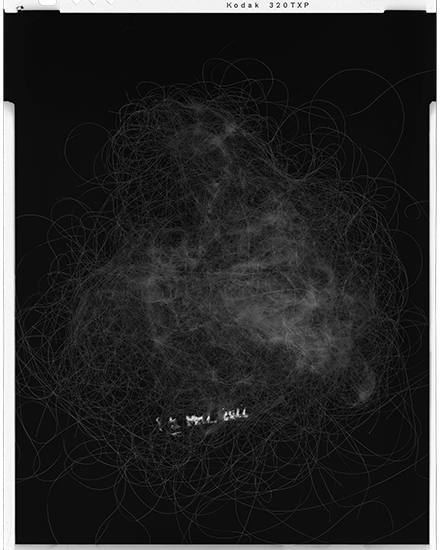
15. MRZ. 2022, 2023
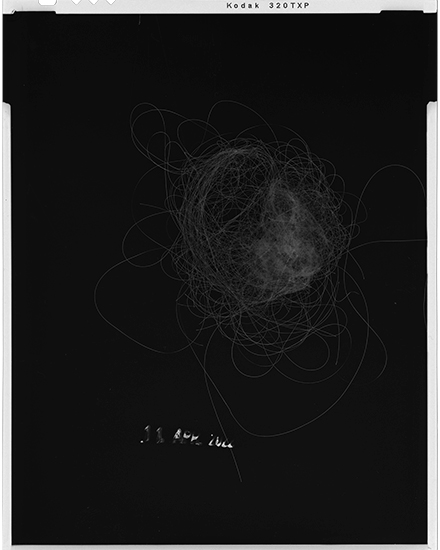
11. APR. 2022, 2023
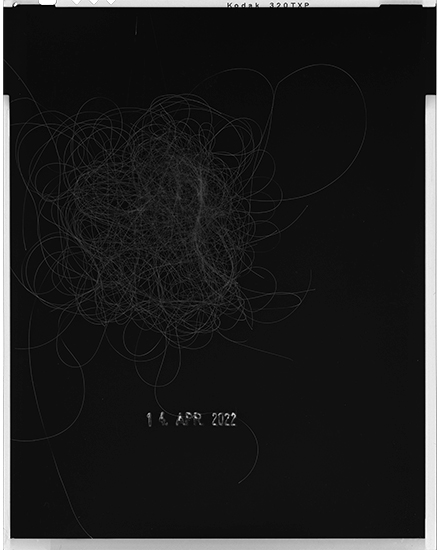
14. APR. 2022, 2023
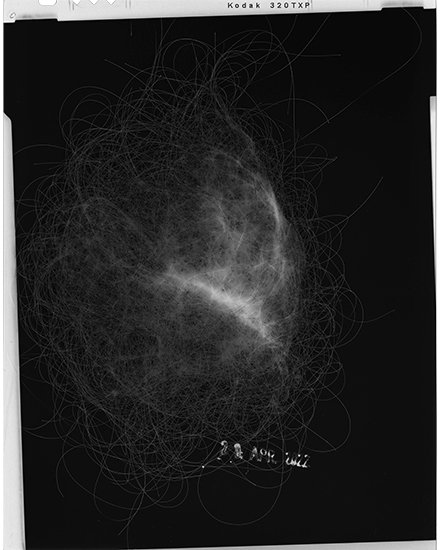
20. APR. 2022, 2023
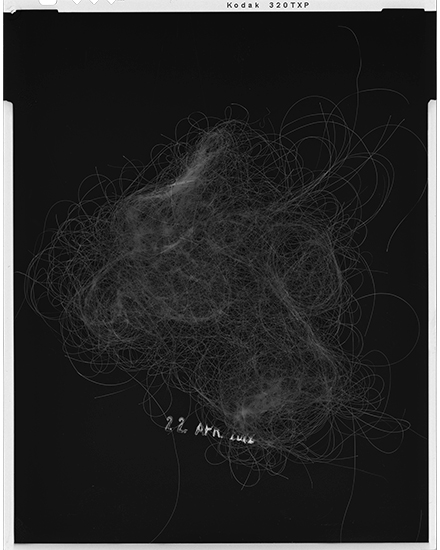
22. APR. 2022, 2023
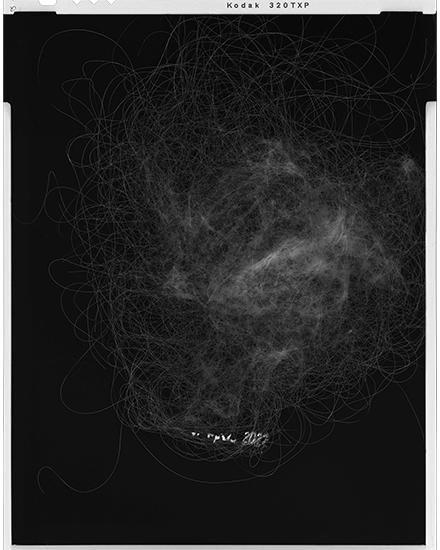
29. APR. 2022, 2023
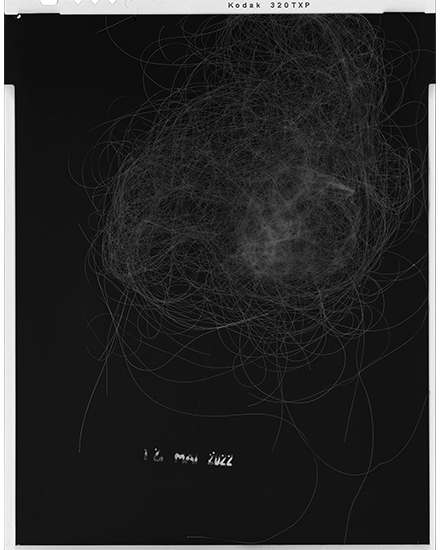
12. MAI 2022, 2023
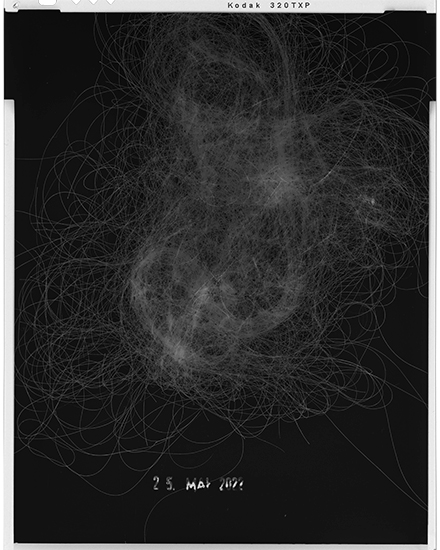
25. MAI 2022, 2023
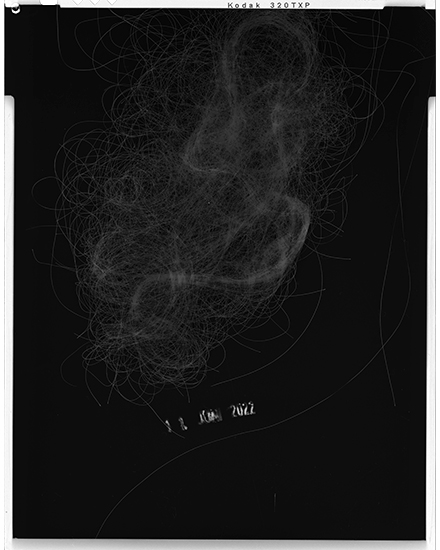
11. JUNI 2022, 2023
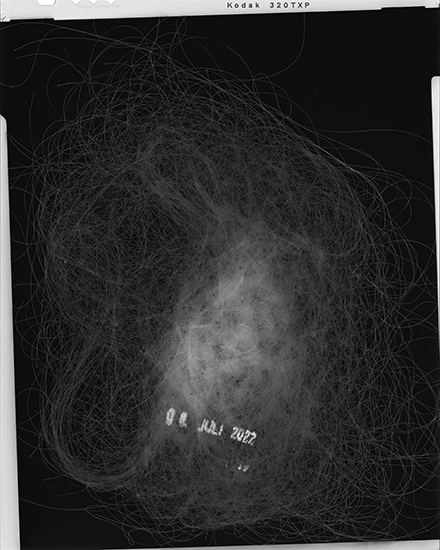
08. JUNI 2022, 2023
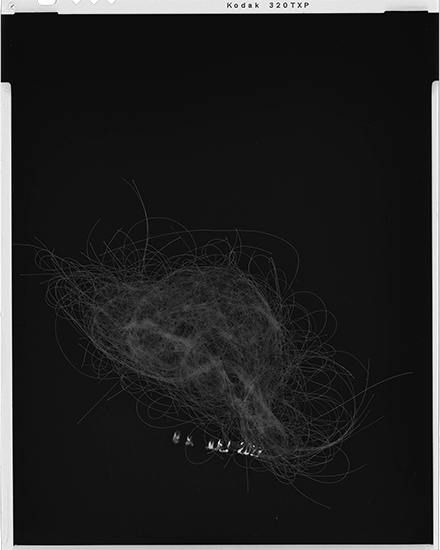
09. JULI 2022, 2023
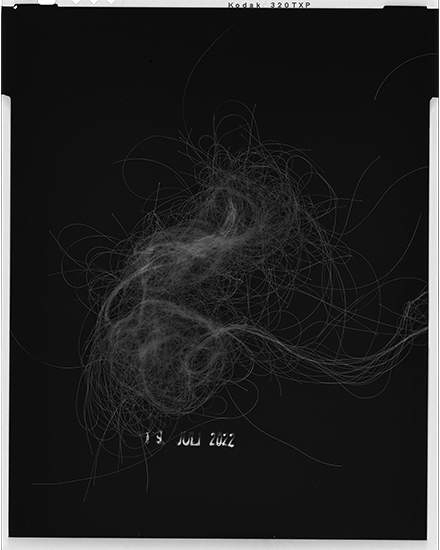
19. JULI 2022, 2023
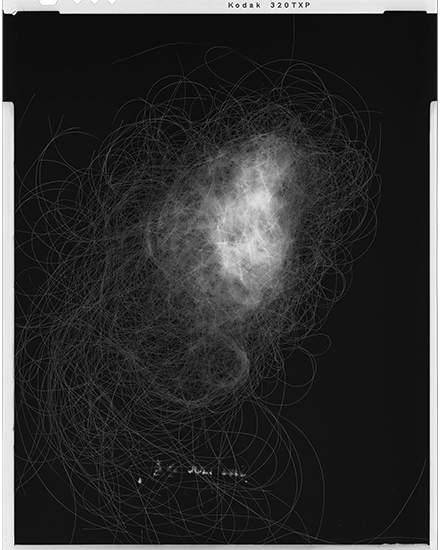
24. JULI 2022, 2023
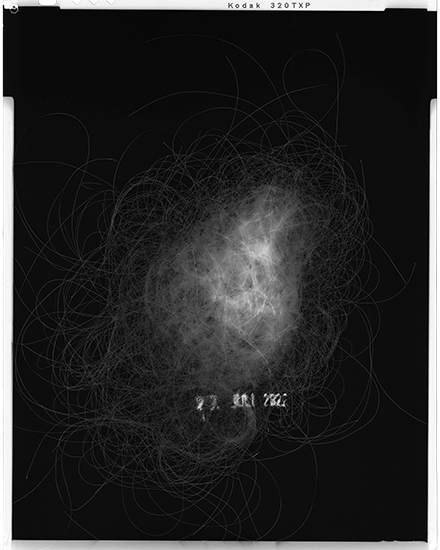
27. JULI 2022, 2023
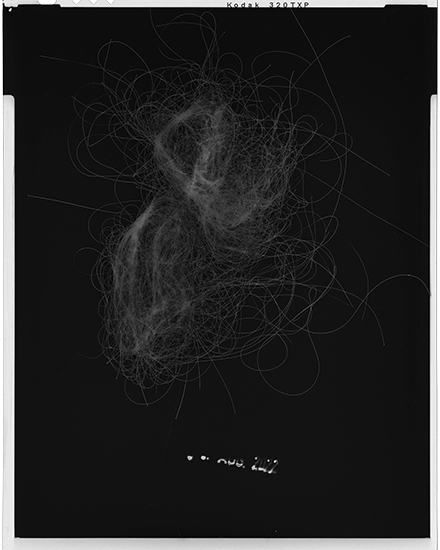
06. AUG. 2022, 2023
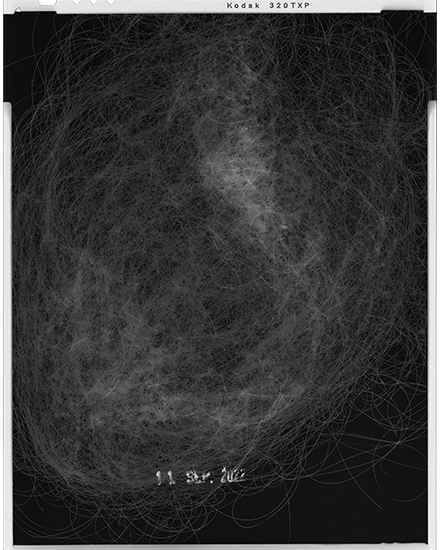
11. SEP. 2022, 2023
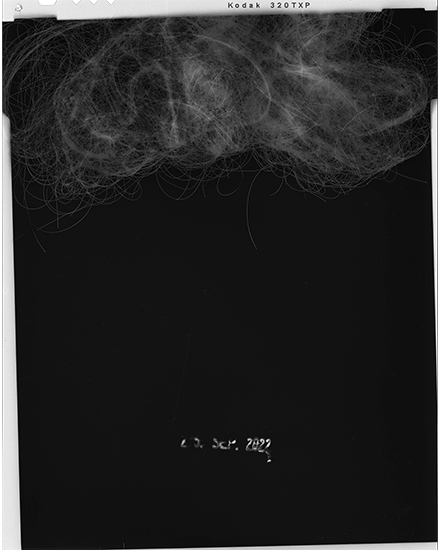
25. SEP. 2022, 2023
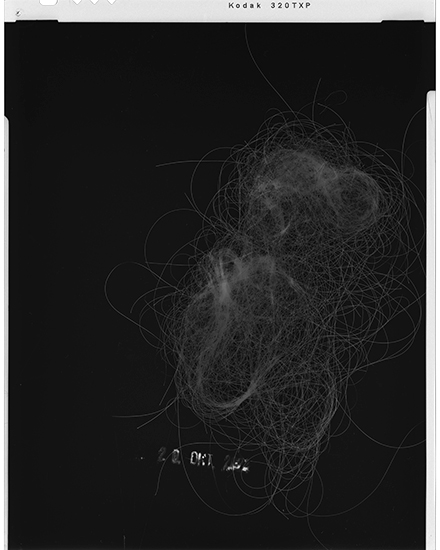
20. OKT. 2022, 2023
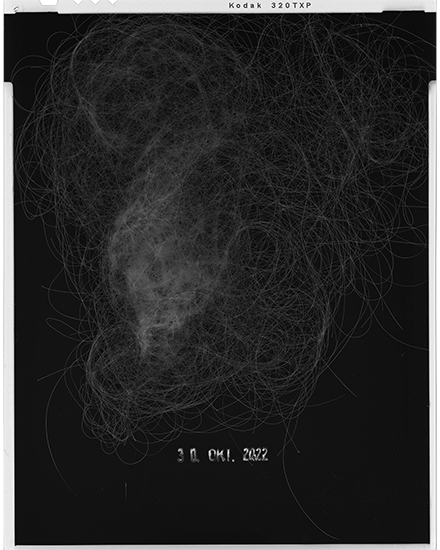
30. OKT. 2022, 2023
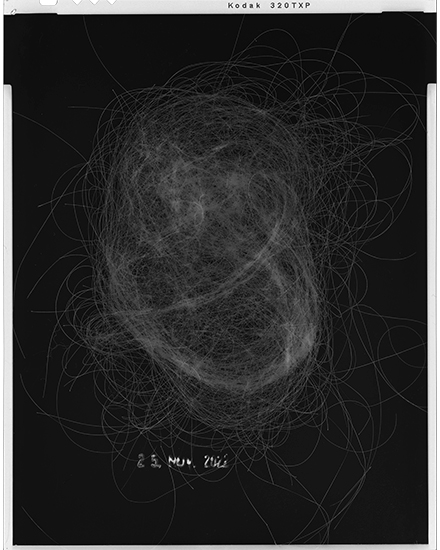
25. NOV. 2022, 2023
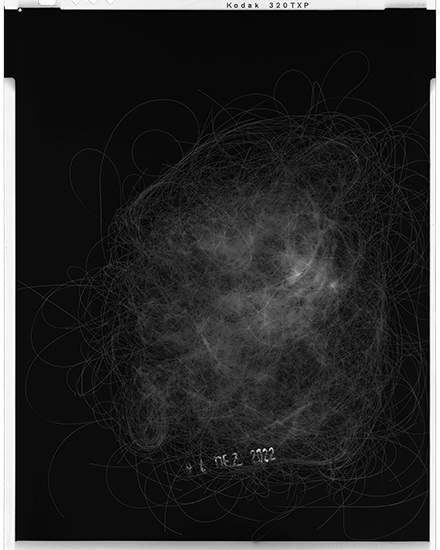
01. DEZ. 2022, 2023
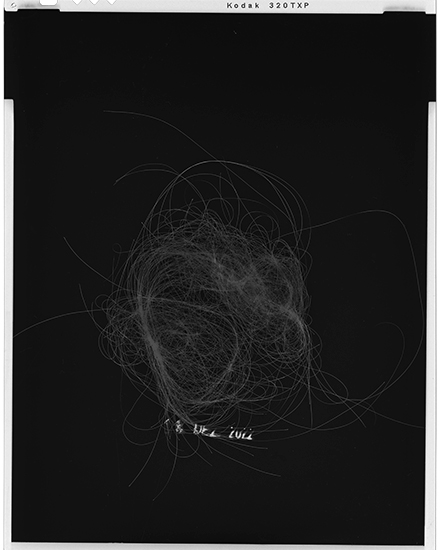
18. DEZ. 2022, 2023

28. JAN. 2023, 2023
//
Artist Statement
Hyperarousal, 2023
Hyperarousal addresses materiality and visibility of identity and memory. Without appearing myself, I use my body as main subject of my work. Once again, I tie in with the tradition of female self-representation by journaling my increasing hair loss on 46 dated photograms over a period of one and a half years.
Hair is a physical manifestation of our life and holds emotional weight and memories. The loss of hair is linked with the loss of vitality and youth. An everyday sign of aging and the transience. Collecting my hair in household jars and recording it in a diary-like feel on photograms is my strategy to cope with this and to oppose something. Hyperarousal is also about the process of creating and the conditions – when does it start, why does it stop, what happens during the periods when no photogram is created – what do voids tell?
Using the technique of photogram, I connect both – materiality and time. A photogram is an image made by placing an object on a light-sensitive surface and exposing it to light. A direct translation of the physical contact. At the same time, the photogram reveals materiality previously invisible to the naked eye: The tangled nests of hair with dust and dander are transformed by exposure on date-stamped 4×5 inch sheet films into fine, translucent formations. Physical and ethereal at the same time. The unexpected and the imperfect are welcome and part of my artistic practice, which is influenced by the japanese aesthetics wabi-sabi.